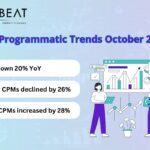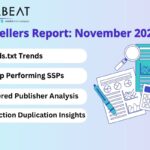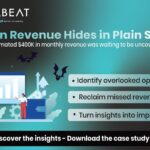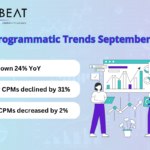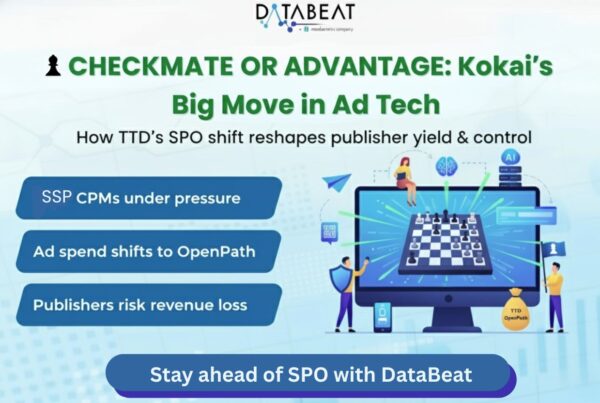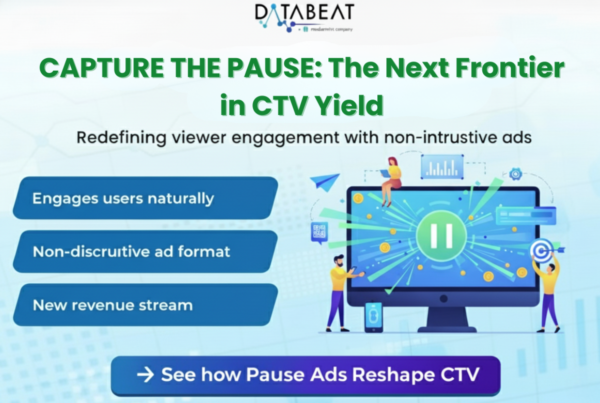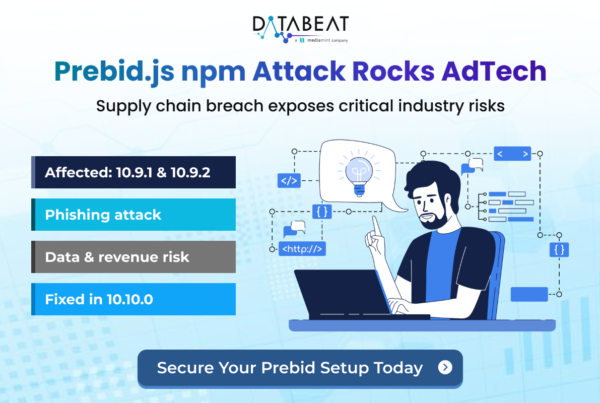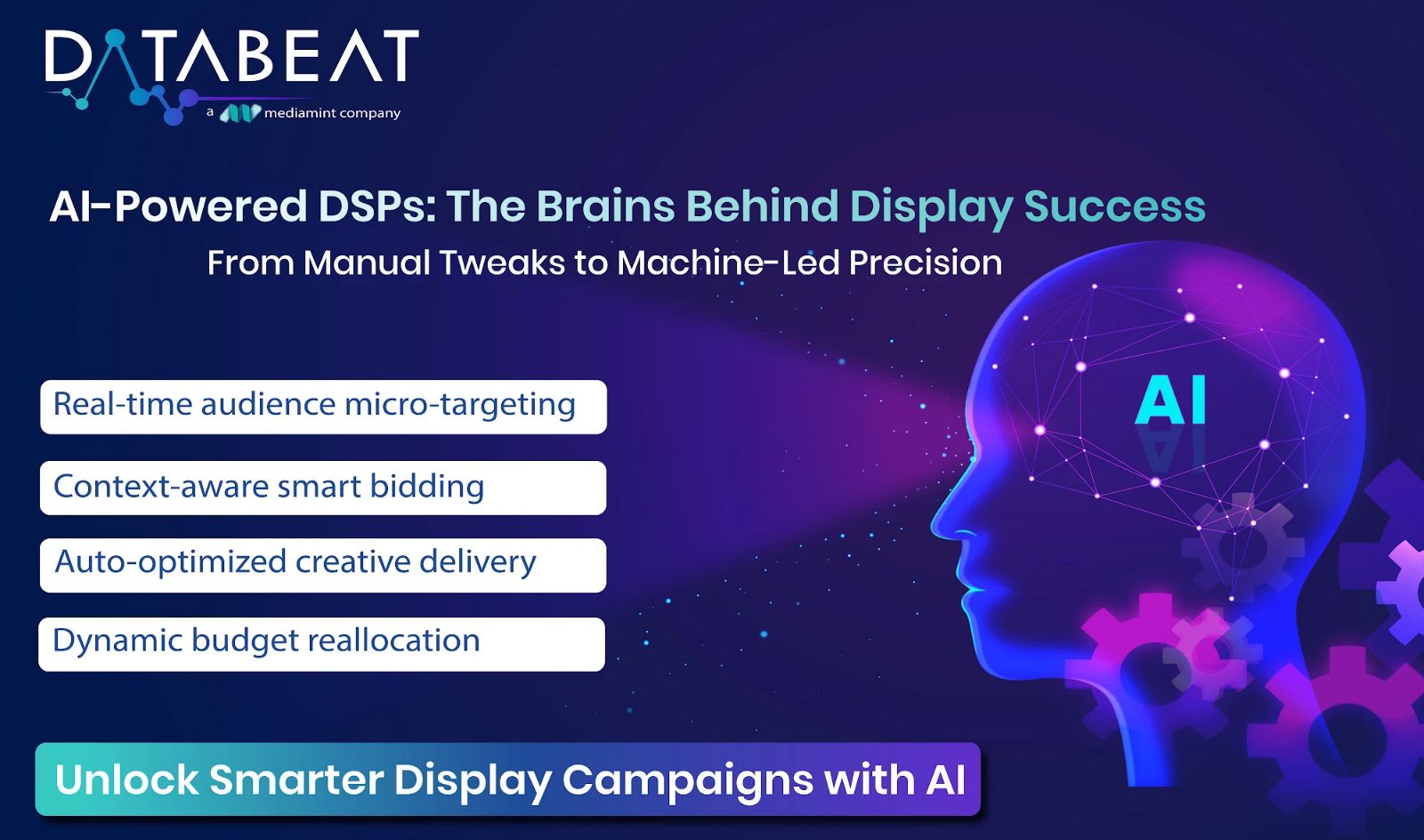
Digital advertising is entering a new chapter, where smart technology is doing more than just placing ads , it’s shaping entire campaigns in real time. Demand Side Platforms once seen as simple bidding tools, are now acting like expert media planners. With rapid access to data and the ability to adjust on the fly they’re helping brands get the most from every dollar spent. It is not just about buying ad space anymore but it is about making smarter choices faster.
How DSPs Are Changing Display Advertising
In the evolving advertising world, the Demand Side Platforms (DSPs) are becoming increasingly intelligent. With involvement of AI and machine learning, how brands buy, manage, and grow display campaigns is shifting fast. Gone are the days of static segmentation and manual bidding strategies. Today’s campaign success depends on how well AI can anticipate, adapt, and automate.
The Evolution of Display Optimization from Manual to Machine
Back then, Optimizing campaigns used to mean endless A/B tests, constant bid tweaks, and manual targeting. It was slow and often missed the mark. Buyers would manually adjust bids, test creatives, and refine targeting. This approach was so time consuming.
DSPs now pull from live data, use predictive models, and learn as they go. They’re making decisions across the whole campaign lifecycle. No more waiting days to tweak bids.
Precision Targeting Through Predictive Modeling
One of the biggest contributions of AI to DSPs lies in Audience targeting. By looking at the user behavior, browsing habits, DSPs now create tiny audience groups in real time. Instead of relying on pre-defined segments, they dynamically construct micro-segments in real time ensuring ad impressions are delivered to high-intent users.
Real-Time Bidding Gets Smarter
Real-time bidding (RTB) is another area which got transformed by machine learning. In a fraction of seconds, a DSP determines how much to bid for a single ad impression. AI algorithms now evaluate dozens of variables including time, device type, historical performance, and user context to assign a predicted conversion value to each impression.
Rather than using old bidding strategies, modern DSPs tailor bids in real time, maximizing return on ad spend (ROAS) while minimizing wasted impressions. This “smart bidding” ensures budgets are spent where they’re most effective.
Creative Optimization at Scale
With the help of Dynamic Creative Optimization (DCO), AI allows DSPs to automatically test and serve the best-performing creative variations to each user. Machine learning models analyze which headline, image, CTA, or offer resonates most with specific segments—then continuously optimize delivery.
This not only boosts engagement it also drives more conversions, because the ad lands at just the right moment with real relevance.
Autonomous Budget Allocation and Supply Path Optimization
DSPs now use AI to automatically allocate budgets across campaigns, regions, devices, and channels. The system learns which mix of placement, audience, and creative performs best, then shifts funds accordingly. The result is, fewer mistakes, quicker decisions, and budgets that work smarter, not harder.
Challenges
However, ensuring transparency in AI decision-making is critical, especially as brands demand accountability for where and why their budgets are spent. Additionally, with third-party cookies phasing out, DSPs are shifting toward privacy-compliant solutions powered by first-party data and contextual intelligence.
Conclusion
At this point, AI isn’t a fancy feature, it’s the foundation of how campaign optimization works. From precision targeting and smart bidding to creative testing and budget control, DSPs powered by AI are far ahead of anything we’ve seen before. The advertisers who get this will be the ones setting pace in the next wave of digital marketing.

